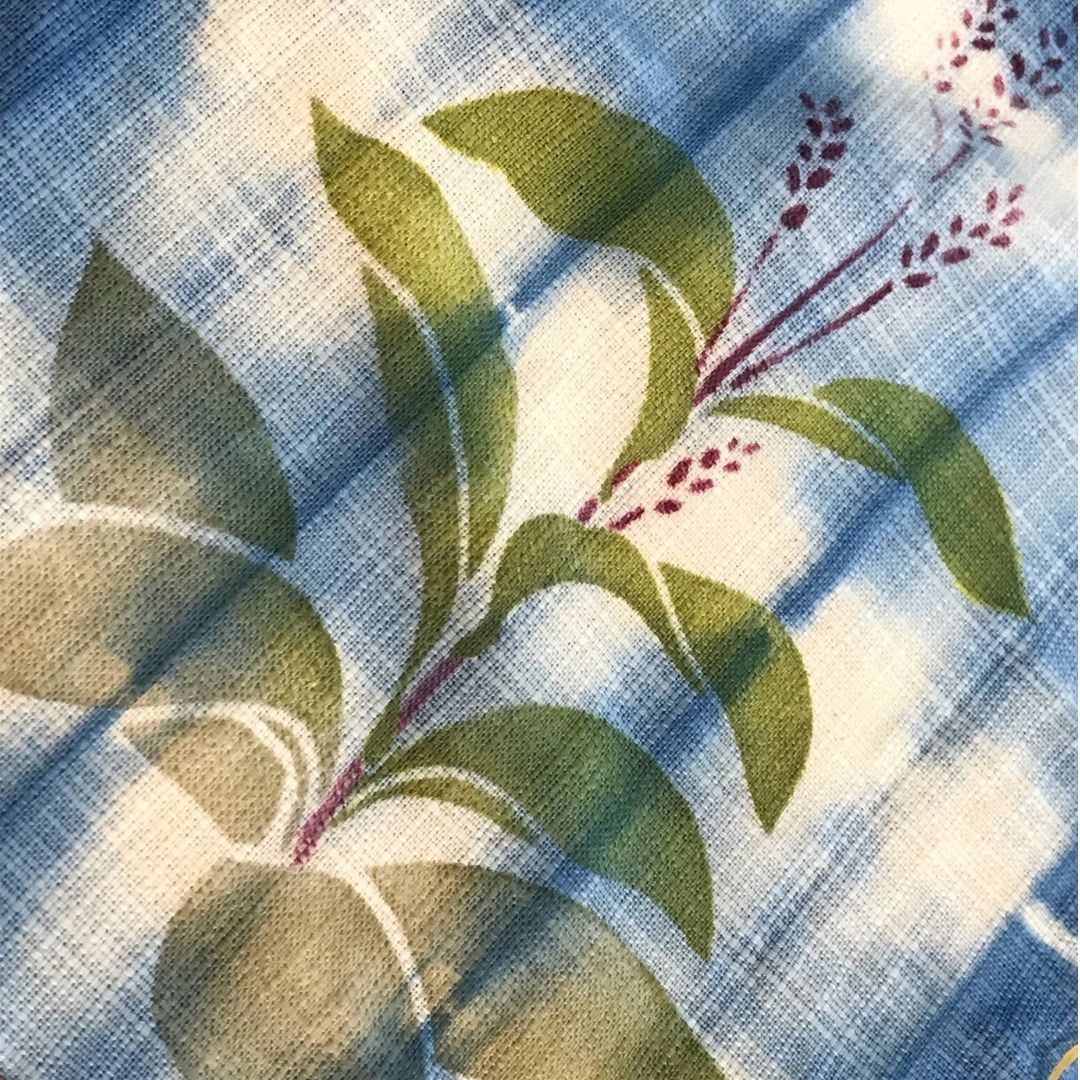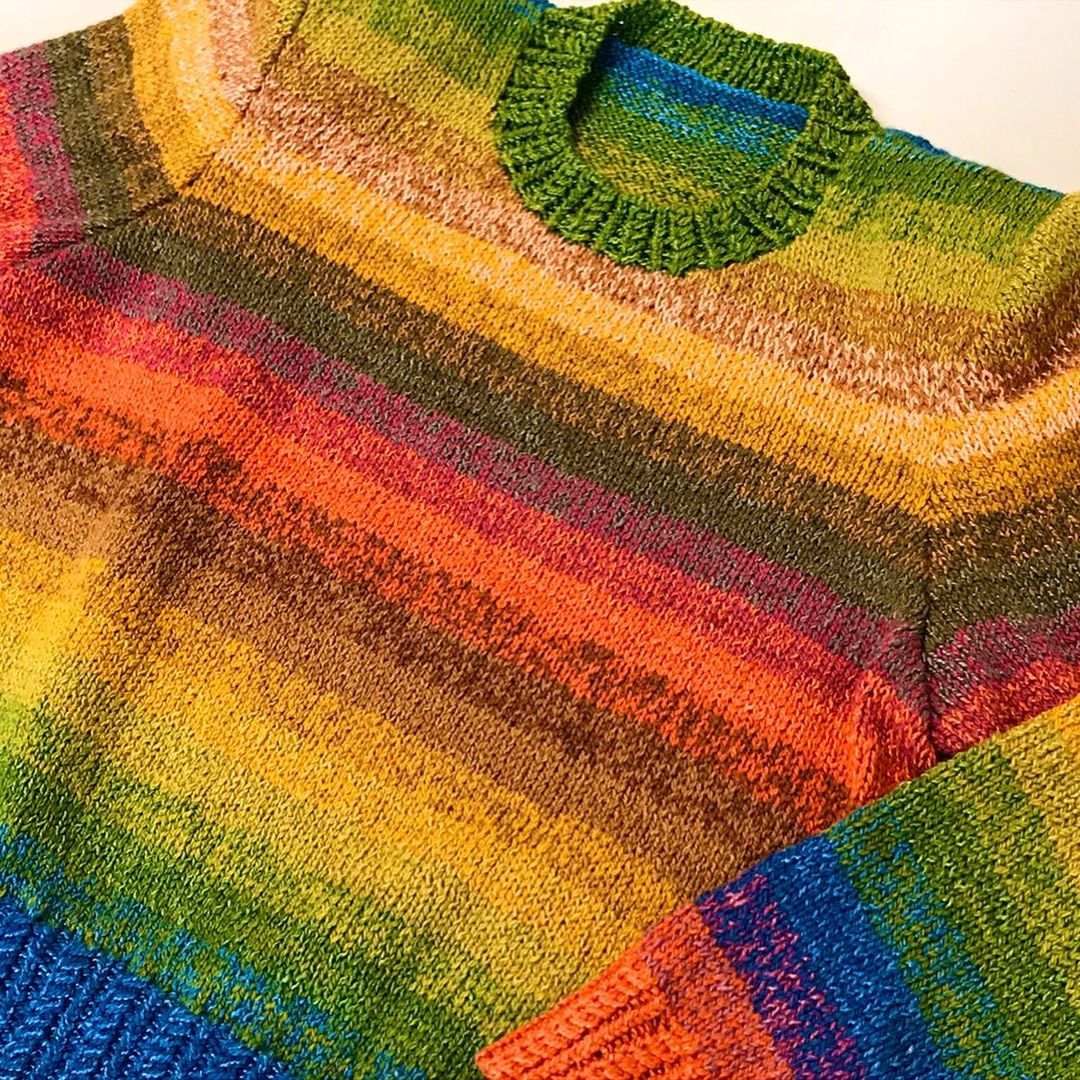What is Kusaki-Zome?
There are two types of dyes. Chemical dyes and natural dyes.
The latter includes botanical dyes and animal dyes.
Botanical dyes mean dyeing using plants such as indigo or persimmon.
Animal dyes mean dyeing using bugs like cochineal or animals like shellfish.
In Japan, botanical dyeing has been called Kusaki-Zome (草木染め), which was named by a famous dyer, Akira Yamazaki, when he decided to revive Japanese traditional botanical dyeing during the Meiji era (1868-1910).
We Japanese sincerely respect all creatures and landscapes from nature.
So, Kusaki-Zome is still popular among Japanese people.
In addition, Japanese craftsmen have developed a lot of dyeing methods such as Katazome (stencil) and Rosome (batik).
We want you to know Japanese dyes and Japanese dyeing methods.
Please read our articles and ask us if you have any questions.
How to do Kusaki-Zome?
Botanical dyes have no "correct" amount of dyes or working process because they vary from teacher to teacher. Therefore, I will show you the orthodox dyeing procedure; you can customize it as you like!
The Kusaki-Zome process includes washing, dyeing, and soaking into mordant liquid. However, these processes and methods differ between vegetable fiber (cotton and linen) and animal fiber (silk and wool). Chemical fiber is not suitable for Kusaki-Zome. If you want to dye chemical fibers, please use chemical dyes.
So, we will explain how to do botanical dye separately up to the kind of fabric. Please be careful about this process; You need to wash the cloth with soap before making dyeing liquids so that you can dye beautifully without any stains.




1件のコメント
Me gustaría saber mas